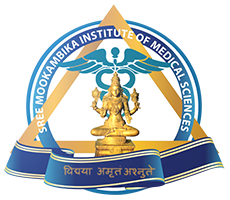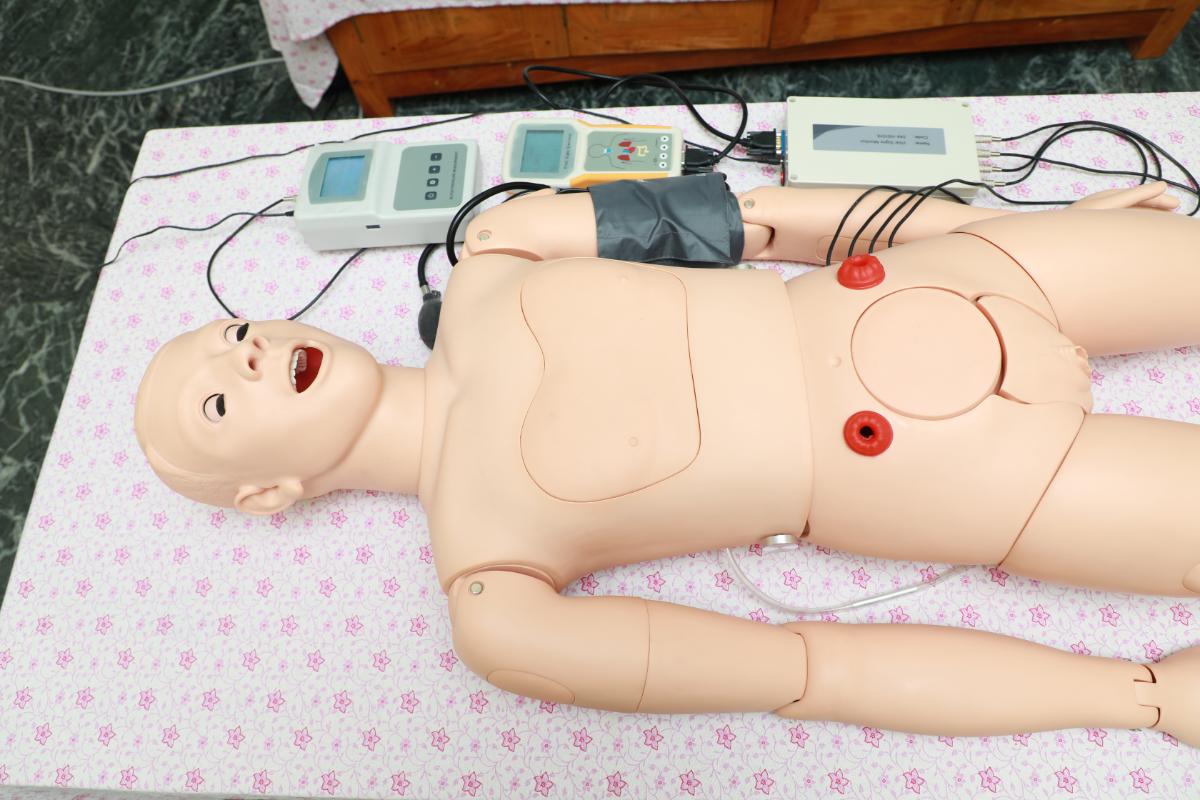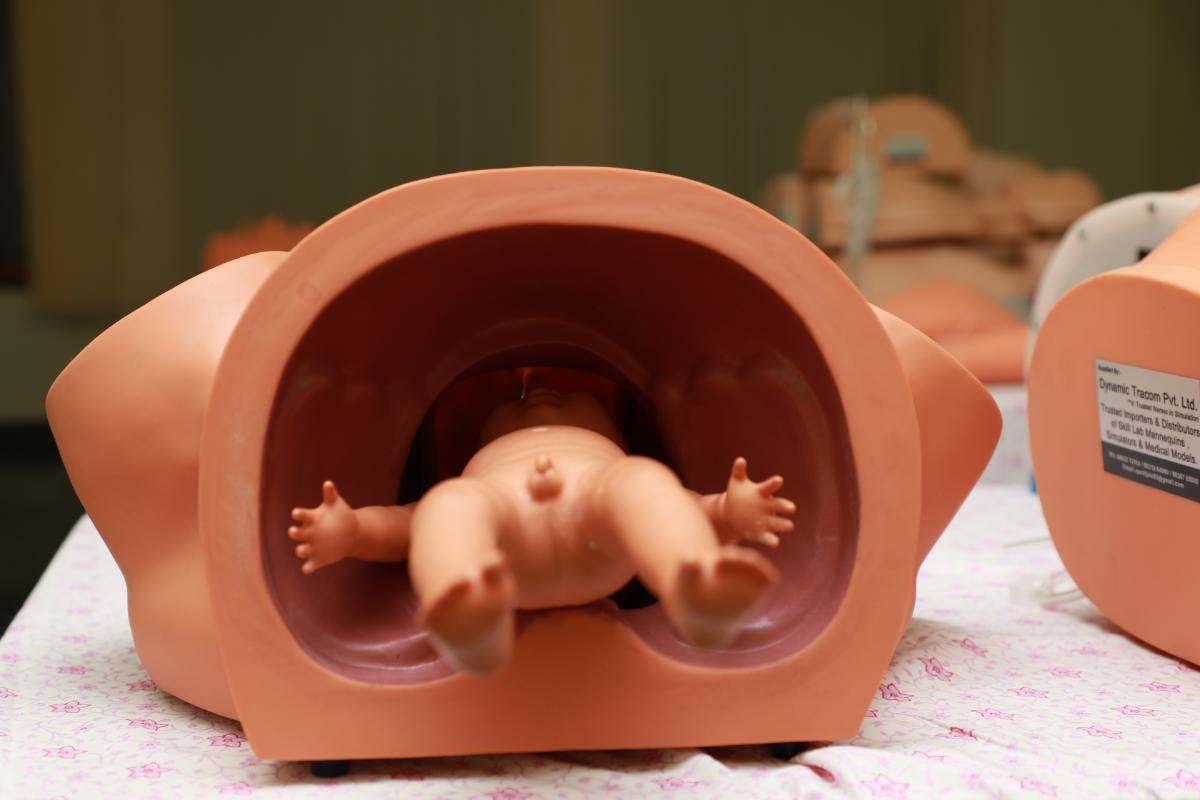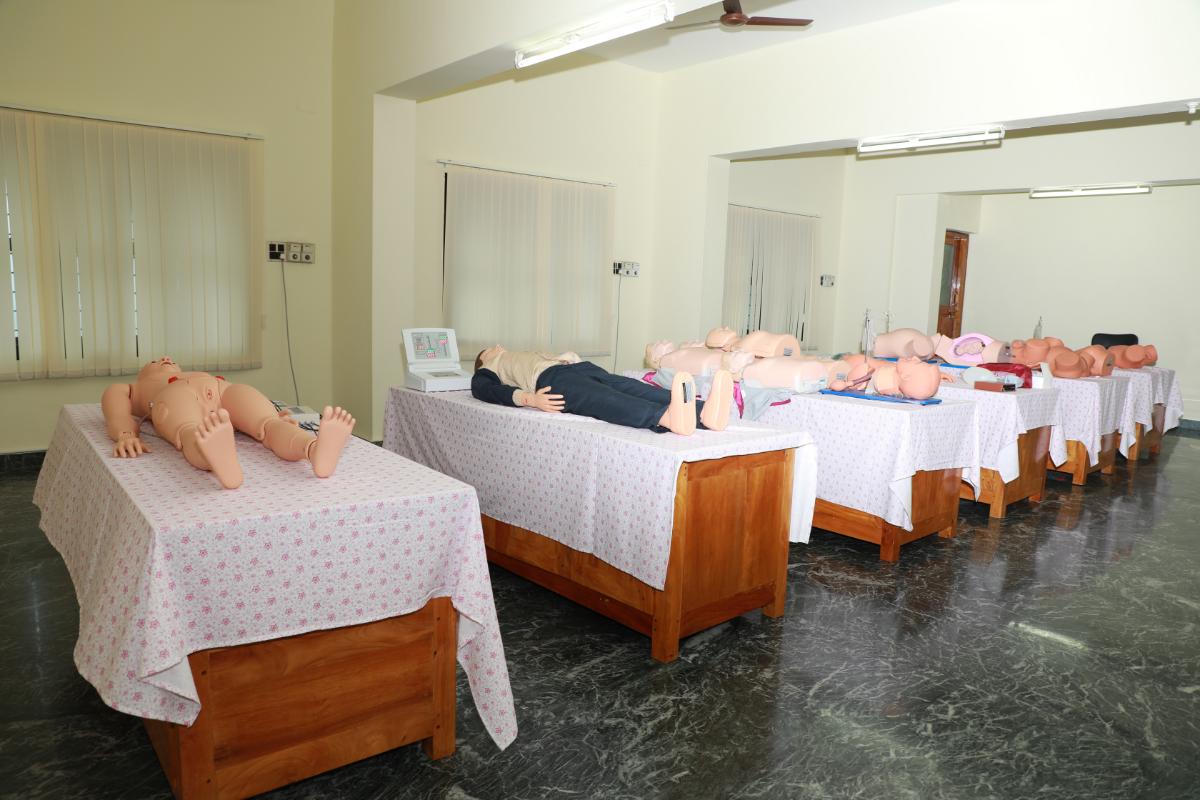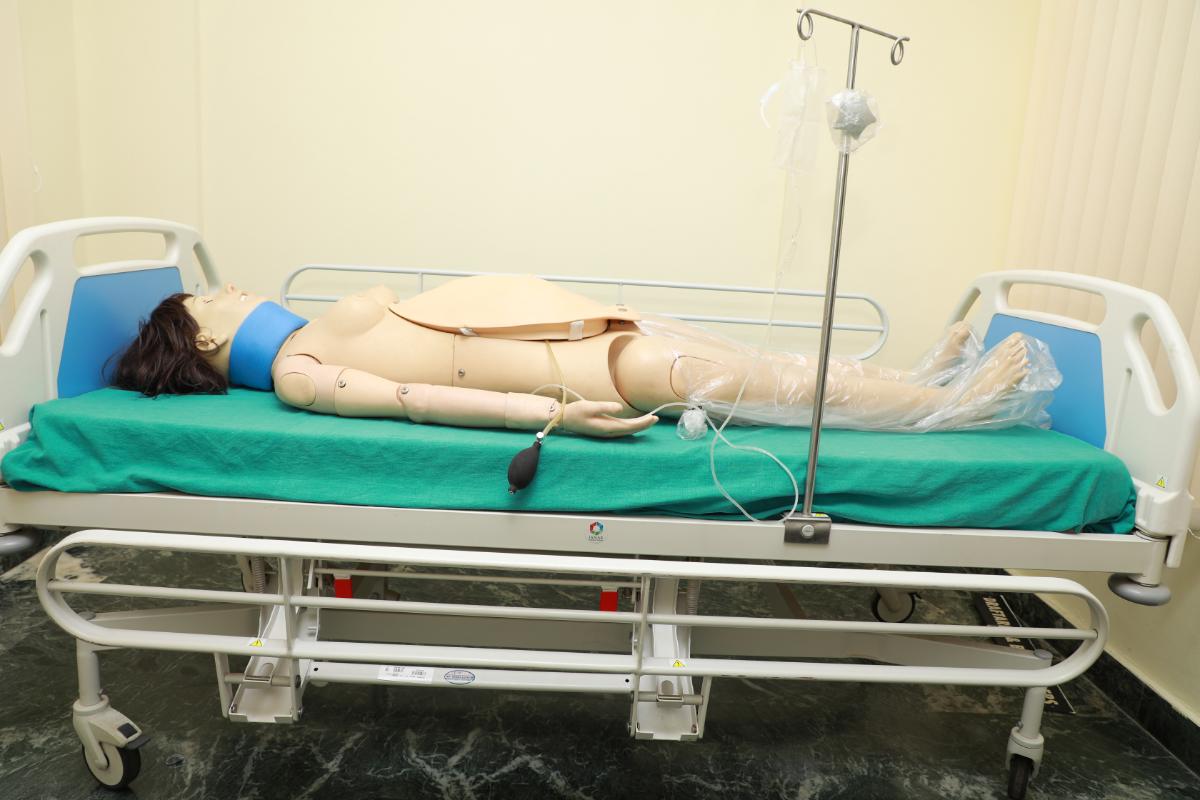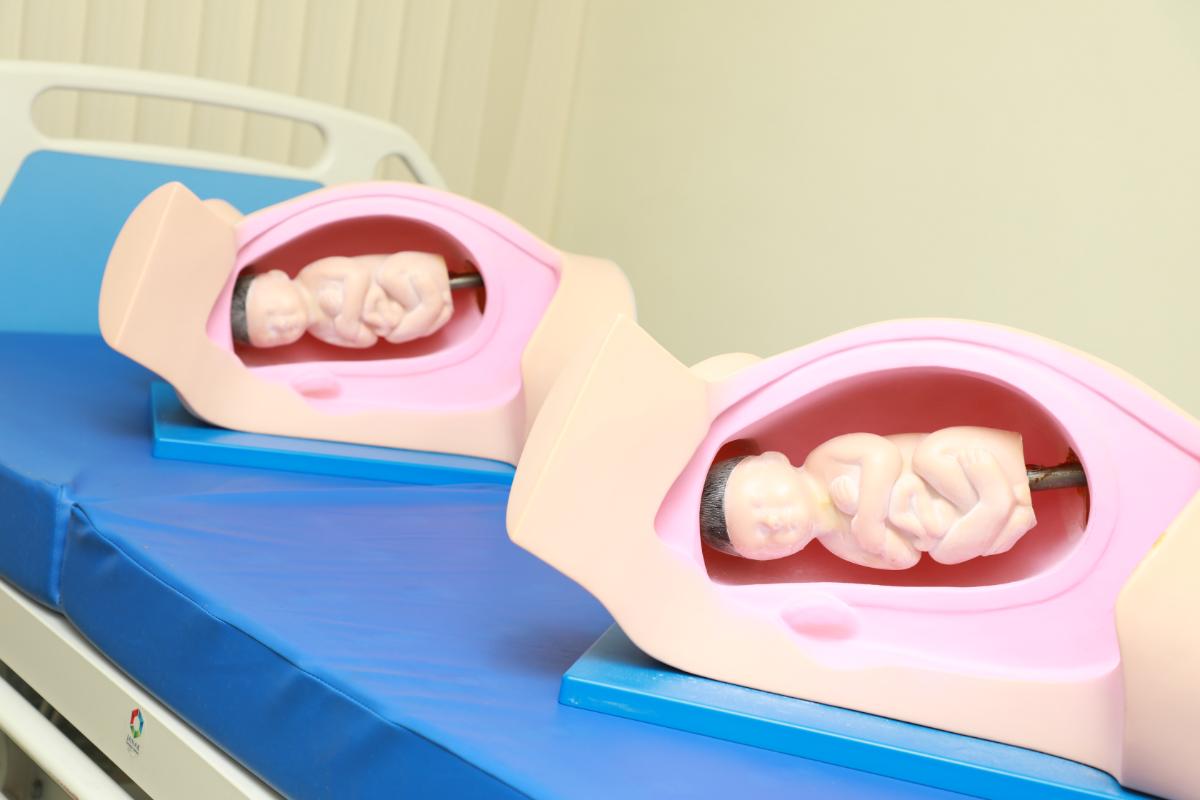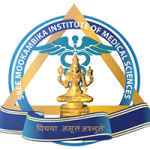The skills lab is a state of the art centralized facility which caters to the medical simulation training needs for medical, dental and nursing college undergraduates and post graduates of Sree Mookambika Institutes.It was set up during 2018 as per National Medical Council recommendations. Since its inception the skills lab has been very active in carrying out its mandate of imparting simulation based healthcare education.
Skills lab at SMIMS is an inter-professional centre of excellence using medical simulation to enhance the skills of health care professionals through education, evaluation and innovation, thereby improving patient safety and the quality of care.
Medical simulators can be programmed to mimic different medical conditions. It then replicates the appropriate physical response to particular interventions and drugs. Real monitors display the “patient’s” vital signs allowing participants can assess the patient’s progress – as they would in a real-life situation. The simulator provides the closest situation to the real time without any risk to patients or learners, so that healthcare professionals can rehearse management of both routine and less common, life-threatening, events. These simulations focus on training medical students and health professionals about what to expect and more importantly, how to react.
The simulation suite can be transformed into a casualty (emergency room), ward area, maternity unit, ICU, surgery or general practice environment to allow great flexibility in the scope of simulation provided. The Medical Simulation provides integrated teaching by making pre- and para-clinical medical students learn clinical aspects. The students attend lectures as a whole batch gaining theoretical knowledge on a subject, which is then followed by practical, “hands-on” skill oriented training in small groups at the skills lab, SMIMS.
The simulation centre is equipped with the following simulators and manikins involving various specialties. The integrated teaching involves the following schedule based on the specialty taught in that particular semester.
Phase I MBBS: In anatomy, the students are taught surface anatomy of upper limb and lower limb structures and all major joints, injection techniques and routes of administration, examinations per vaginum and per rectum, and intravenous cannulation. In physiology, they learn BP measurement, auscultation of normal heart and lung sounds, and how to record a 12-lead ECG. In Community Medicine, they are taught CPR & First Aid, patient transport, universal precautions and communication skills.
Phase II MBBS: In Pathology, they learn how to perform biopsies on various organs. In General Medicine, students are taught effective patient doctor communication skills, history taking and clinical examination of major organ systems by role-play. They also learn about abnormal heart and lung sounds using audio simulations. In Anaesthesiology, students learn Basic Life Support on infant, child and adult CPR manikins.
Phase III Part I MBBS: In ENT, students are taught how to perform otoscopic examination to detect various ear pathologies. In Ophthalmology, students learn how to perform fundus examination. In surgery, examination of breasts, digital examination of rectum and proctoscopic examination, and assessment of a trauma patient are taught. In Obstetrics, students learn how to conduct a normal delivery and to detect uterine and adnexal pathology on examination per vaginum.
Phase III Part II MBBS: In Medicine, students learn auscultation of normal heart and lung sounds. They are taught how to perform a lumbar puncture. They are extensively trained to recognize common cardiac arrhythmias. In surgery, students learn suturing of skin wounds, excision of swellings, incision and drainage, nasogastric tube placement, Foley’s catheterization. The students also learn surgical skills such as tracheostomy, cricothyrotomy and insertion of intercostal drain. In Obstetrics, students learn repairing of episiotomy wounds. In Paediatrics, students are taught how to perform newborn resuscitation. Advanced simulators are used to teach Advanced Cardiac Life Support on newborns and children. Peripheral intravenous and umbilical vein cannulations are also taught. In Anaesthesiology, high fidelity simulators are used to teach Advanced Cardiac Life Support. Students are also taught how to operate Automated and Manual Defibrillators. Advanced airway manikins are used to teach basic airway adjuncts, bag mask ventilation and insertion of laryngeal mask airway and endotracheal intubation. Cannulation of internal jugular, subclavian and femoral veins are also taught.
Non-AHA BLS Training Programme
Nurses
Regular training is being held for all the nursing staff of SMIMS. Since the inception of the skills lab, a total of over 150 nurses have been trained and certified in CPR.
MBBS, BDS & MDS students
Nearly 150 students every year have been trained in first aid and resuscitation skills during First aid and CPR classes organized during the last two years.
